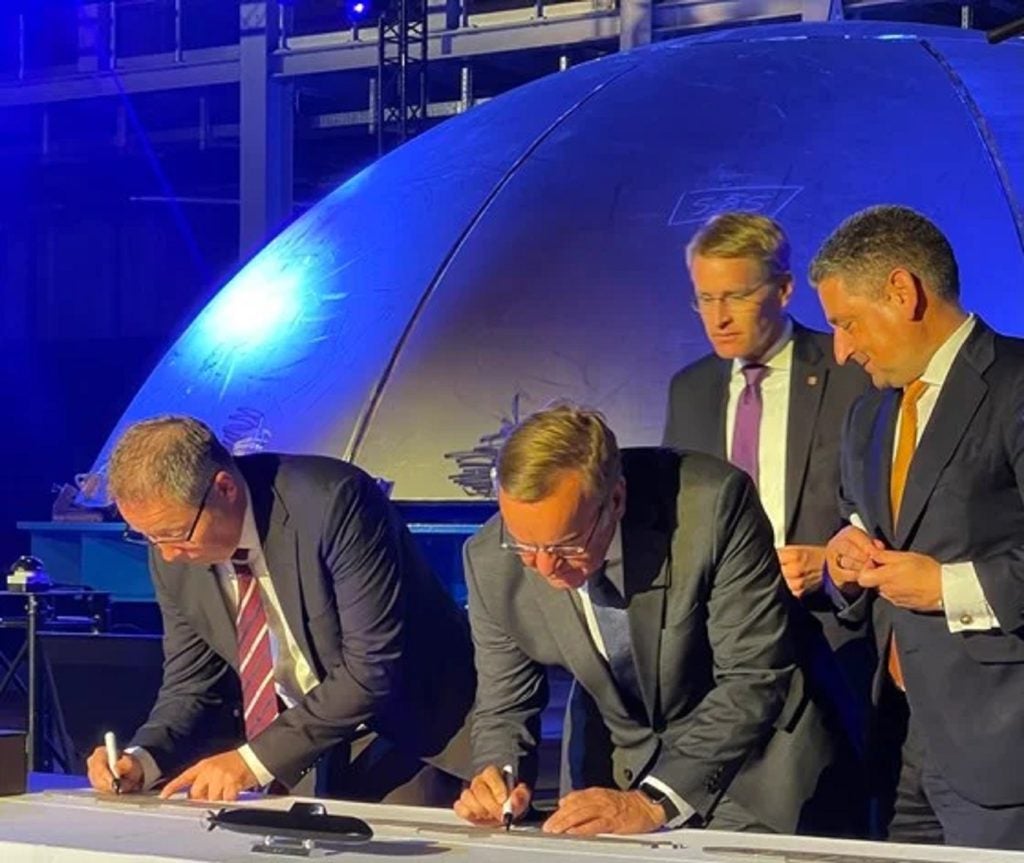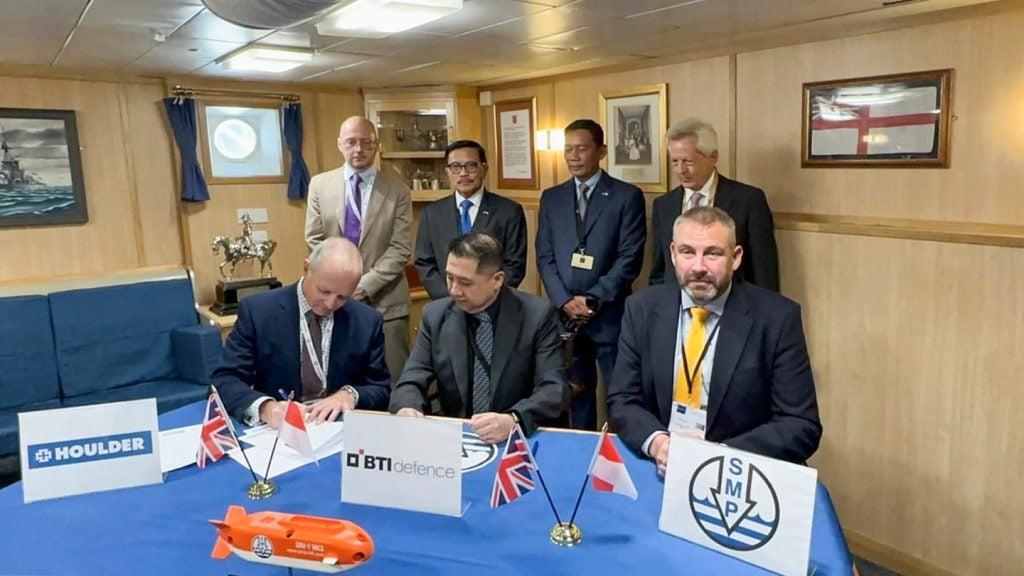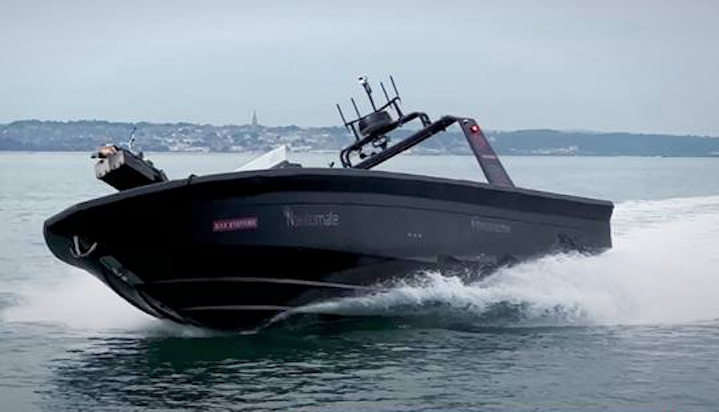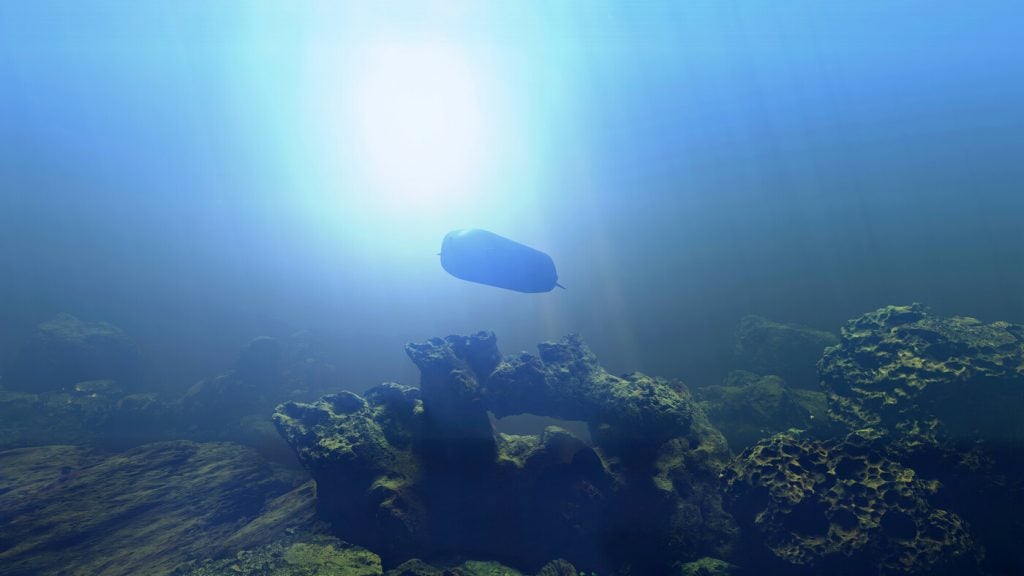In a historic moment that solidified their alliance and strengthened their naval capabilities, Norway and Germany initiated the production of identical submarines, marking a step in modern maritime technology and collaboration.
The 212CD submarine hailed as a modern conventional submarine, is a joint project with which Norway and Germany hope to reshape maritime defence. Minister of Defence Bjørn Arild Gram of Norway announced the commencement of this project.
The contracts for the U212 common design were sealed on July 8, 2021, following preparations and negotiations between the Norwegian Defence Materiel Agency, German Bundesamt für Ausrüstung, Informationstechnik und Nutzung der Bundeswehr (BAAINBw), and the contractor ThyssenKrupp Marine Systems.
The German-Norwegian submarine program is now surging forward at pace. Two years after the signing of the largest order in ThyssenKrupp's history, the official production of six identical 212CD submarines for the German and Norwegian navies commenced.
The Norwegian navy is cutting its submarine force from six to four, but the new Type 212CD vessels are larger, stealthier, and equipped with advanced sensors and an in-development medium-range missile, according to GlobalData's "Norway Defense Market 2022-2027" report.
"The first of these new submarines will be delivered to Norway in 2029. The contracts cover the acquisition of six submarines, four for Norway and two for Germany," revealed Minister Bjørn Arild Gram, emphasising the magnitude of this endeavour.
The report shows that submarines are the third-largest sector in the Norwegian defence market. Norway currently operates six Ula-class submarines. Total spending over 2022–27 for this sector is $1.7bn (Nkr18.1bn).
Beyond the construction phase, Norway and Germany plan to establish a collaborative life-cycle management office staffed by personnel from both nations. This approach will oversee the planning and execution of maintenance and upgrades for all six submarines, ensuring their longevity and operational efficiency.
A dedicated maintenance shipyard is under construction at the Haakonsvern Naval Base outside Bergen in Norway to support these efforts. Anticipated to be operational by the time the first submarine enters service in 2029, this facility will also serve as the headquarters for the joint life-cycle management office.
The financial scope of these contracts surpasses €5bn ($5.35bn), showing the commitment of both nations to advance their maritime capabilities. Furthermore, discussions about the potential addition of more submarines to this project remain open, promising even more developments in the future.
The partnership between Norway and Germany in producing the 212CD submarines establishes a model for international collaboration in defence innovation. As these identical submarines take shape, they represent a testament to the shared vision of both nations—a vision that aims to secure their maritime interests.












